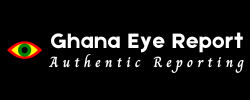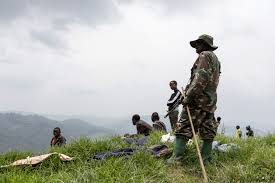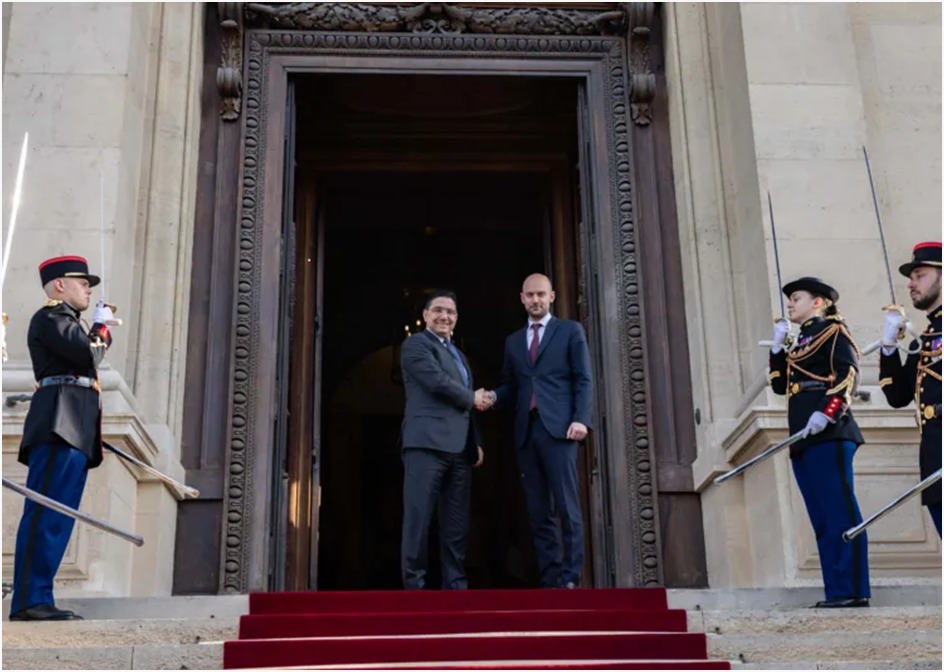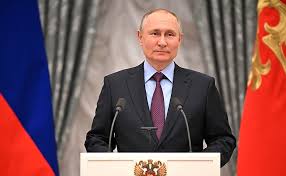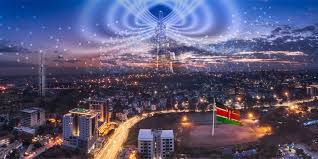The Democratic Republic of the Congo (DRC) and Rwanda signed a Declaration of Principles in Washington, the United States on Friday, marking a significant step toward restoring peace in eastern Congo, a region long plagued by conflict.
The declaration was signed by DRC Foreign Minister Therese Kayikwamba Wagner and her Rwandan counterpart Olivier Nduhungirehe, in a ceremony attended by U.S. Secretary of State Marco Rubio. It commits both parties to mutual respect for sovereignty and territorial integrity, the peaceful resolution of disputes, and an end to support for armed groups destabilizing the region. The two sides agreed to produce a draft comprehensive peace agreement by May 2, underlining the urgency of translating these principles into concrete commitments.
Eastern DRC has been mired in decades of conflict, particularly offensives by the March 23 Movement (M23), a rebellion Kinshasa accuses Kigali of supporting. Rwanda, for its part, denies any ties to the M23, instead accusing the Congolese army of collaborating with remnants of the Democratic Forces for the Liberation of Rwanda (FDLR), a group implicated in the 1994 genocide. The declaration also prioritizes the voluntary and secure return of displaced civilians and promotes a framework for regional economic integration. Rwanda’s foreign minister highlighted plans to strengthen economic cooperation through new regional value chains, including initiatives involving U.S. private sector investment. The signing has sparked cautious optimism in diplomatic circles, though observers note that previous ceasefire efforts have repeatedly collapsed. Addressing citizens, Wagner said, “You have every reason to expect more than promises,” highlighting the significance of this new initiative.
A TANGLED WEB OF MEDIATORS
Efforts to mediate peace in eastern Congo have become increasingly complex, with multiple initiatives led by different actors operating simultaneously. In March, Qatar emerged as a new player when Emir Sheikh Tamim bin Hamad Al Thani hosted a landmark meeting in the capital Doha between DRC President Felix Tshisekedi and Rwandan President Paul Kagame. The two leaders issued a joint call for an “immediate and unconditional” ceasefire, reflecting ongoing African-led peace efforts. Qatar’s mediation also included contacts with the M23 rebel group, whose resurgence has been central to the current conflict.
While Kinshasa hailed the Doha meeting as a “first step,” Kigali emphasized the need to address security concerns related to the presence of the FDLR militia in eastern Congo — a divergence that highlights the multiple tracks of dialogue underway. Parallel to Qatar’s engagement, the African Union (AU) and regional organizations have continued their long-haul efforts. The AU’s mediation, initially led by Angolan President Joao Lourenco in 2022, made progress last year but faltered after sanctions led to the withdrawal of the M23 from planned talks. Angola stepped down from its mediator role in March, with Togolese President Faure Gnassingbe appointed the new AU mediator.
Meanwhile, the East African Community (EAC) has pursued the Nairobi Process since 2022, facilitating dialogue between Kinshasa and armed groups, supported by a regional force deployed in eastern DRC. The Southern African Development Community (SADC) has also deepened its involvement, expressing concern over regional stability. In late March, the EAC and the SADC agreed to coordinate efforts, expanding the mediation panel to five prominent African leaders, including former presidents from Kenya, Nigeria, Ethiopia, South Africa, and the Central African Republic. While the expanded mediation team aims to improve inclusivity, it further complicates the diplomatic landscape, as the mandate of the new mediation panel remains unclear.
MOUNTING HUMANITARIAN CRISIS
Amid ongoing diplomatic efforts, the humanitarian situation in eastern DRC continues to deteriorate sharply. According to the United Nations (UN), more than one million people, including approximately 400,000 children, have been newly displaced since January 2025. This surge adds to the already massive displacement crisis, with over five million Congolese internally displaced before the recent escalation. Intense fighting, particularly involving M23 rebels, has uprooted entire communities, forcing families to flee through forests or across borders into Uganda, Rwanda, and Burundi. Many displaced persons lack access to necessities such as shelter, clean water, and medical care.
Camps near Goma, the provincial capital of North Kivu and the epicenter of the ongoing hostilities, once sheltering hundreds of thousands, have been devastated by renewed fighting, leaving humanitarian agencies struggling to meet growing needs. The situation is further complicated by the presence of more than 120 armed groups operating in North Kivu, South Kivu, Ituri, and surrounding provinces, competing for control over the region’s abundant mineral wealth, including gold, coltan, tin, and tantalum. The UN and humanitarian organizations have documented widespread human rights abuses, including the recruitment of child soldiers, mass abductions, and sexual violence.
United Nations Children’s Fund Executive Director Catherine Russell recently warned the UN Security Council that the escalation in eastern Congo has created levels of suffering “not seen in decades.” Humanitarian organizations report being overstretched and underfunded, even as needs continue to rise. The UN refugee agency reports that over 100,000 Congolese refugees fled to neighboring countries in the first quarter of 2025 alone. Within the DRC, overcrowded camps and host communities are struggling to absorb the influx, with looming threats of mpox, cholera, and measles outbreaks. Enditem
Source: Xinhua
Share Us